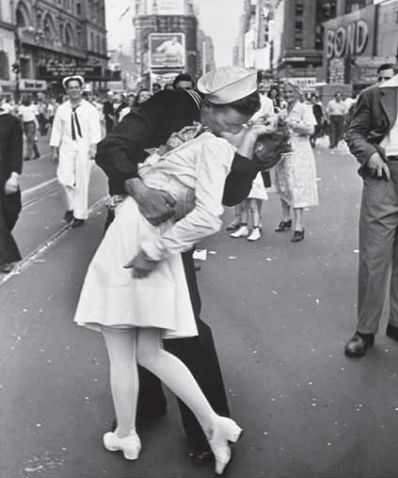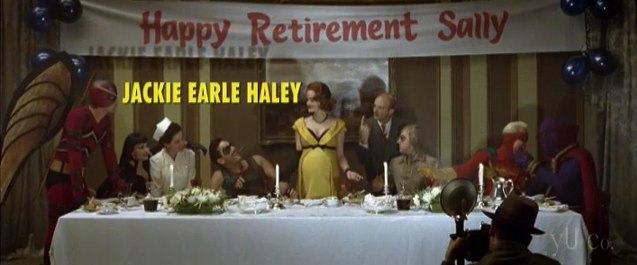I think my life has just been changed by a book again. The last book that blew my mind this much was Henry Jenkins‘ Convergence Culture. I’m not counting novels right now, because fiction and non-fiction blow my mind in such different ways. This kind of mind-blowing is the one that is potentially career-changing (I want a career as a writer, but other careers along the way might be useful to pay the bills). More organized thoughts may come later, but right now I want to share my enthusiasm and talk briefly about some exciting things.
The author of Reality is Broken: Why Games Make Us Better And How They Can Change The World is Jane McGonigal, whom you might know from her TED Talk:
Reality is Broken is a continuation of the thread of logic that McGonigal puts forward in the TED talk and in support of her biggest dream: she wants to see a game designer win the Nobel Prize for Peace by 2032.
The book is a concerted effort to take a reader through many of the corners of game design and to show off each area’s lessons, and presents a paradigm which enables every person on earth to participate in saving the planet and the human race: Games. Gamers, she says, are humanity’s secret weapon in our struggle to survive, thrive, and protect our planet.
Disclaimer: I’m a life-long gamer. Some of my earliest memories are playing computer games on my dad’s lap, as we pushed our Commodore Amiga to its limits with games like Romance of the Three Kingdoms, Land of the Rising Sun, and more. I started playing D&D when I was eight, Magic: the Gathering when I was 11, and so on. I was too young to be a part of the first video-gamer generation, but I am totally a representative of the 2nd-gen gamer. From what I can tell, this book is written in no small part to people like me, lifelong gamers, as an inspiration and challenge to go out in the world and turn our gaming experience to achieve Epic Social Win. And for this gamer, the inspiration has certainly been successful.
It’s actually somewhat difficult for me to talk about this book, for several reasons. For one, it’s got a crapton of material and ideas contained within. McGonigal puts forward fourteen ‘fixes’ for reality based on various ways that gaming is superior to reality in letting us be more optimistic, more connected, more engaged and so on.
Here’s Fix#1, from p.22:
“Fix #1: Unnecessary Obstacles
Compared with games, reality is too easy. Games challenge us with voluntary obstacles and help us put our personal strengths to better use”
The idea here is that adding an unnecessary obstacle to a chore or job lets you take it from a chore, a burden, and turn it into a game with a challenge. I have dirty dishes, and they should be cleaned. I hate washing dishes, unless I add something to the task. If I challenge myself to do the dishes while dancing to my favorite music, or to do the dishes using the least water possible, filling a bowl and cleaning everything out of that one bowl of soapy water, or something in that mode, I take control of the task again — I’m doing dishes, because they have to be done, but I’m doing more than just the dishes — I’m playing a game and the result of that game is both 1) clean dishes and 2) A happier Mike (having played a game, set myself a voluntary obstacle and met it).
McGonigal talks a lot about positive psychology/happiness psychology, looking at the ways that we think we can achieve happiness vs. the ways that current science thinks we actually achieve happiness. Unsurprisingly (since she mentions it), games, especially social games that involve touch, are great for happiness. I found this section one of the most illuminating, since it covered an area not of my expertise (My formal psychology experience begins and ends with Psych 101, a class on brain chemistry).
As a game designer, McGonigal seems to approach her world in terms of problems, and ways to make games to solve them. When she was recovering from a concussion in 2009 and unsatisfied with her rate of recovery, she designed a game called SuperBetter to help her take control of her own recovery and restore a sense of power. The game asks the recovering person to conceive of themselves as a superhero, their disease or injury as the supervillain, and to recruit allies to round out your team, identify power-ups which can help in recovery (taking a walk, doing things you love that aren’t effected by the injury/disease, etc) and making a superhero to-do list of things that will let you feel good about yourself, set goals to aspire to (gather enough energy to go out and do X).
SuperBetter let her ‘gamify’ the recovery process, taking control and empowering herself by applying an interpretive framework that cast herself as the heroine, possessed of the motive and means to get better.
There are countless games, designed for various objectives, but they teach us many lessons. These lessons, McGonigal argues, equip us to tackle the world’s largest problems — we can take big big issues like peak oil and gamify them, applying a framework that will inspire, challenge, and enable people to be creative, innovative, and collaborate to find solutions together (the peak oil example comes from the game World Without Oil).
Not just any old game will save the world. But everyday games can still do things like let us feel powerful and accomplished. They can give us a way to stay in touch with friends or family, give an icebreaker for meeting new people, and countless other things.
Games, McGonigal argues, are a central facet of humanity, and one of our greatest tools. Now we just need to take all of the time and energy we’ve put into games, evaluate and acknowledge what it’s taught us, and put those skills to use on social issues, political issues, environmental issues, and more.
If this sounds like your bag, read the book, then consider signing up with gameful.org, a social-network/collaboration tool for game designers working to make ‘gameful‘ games.


